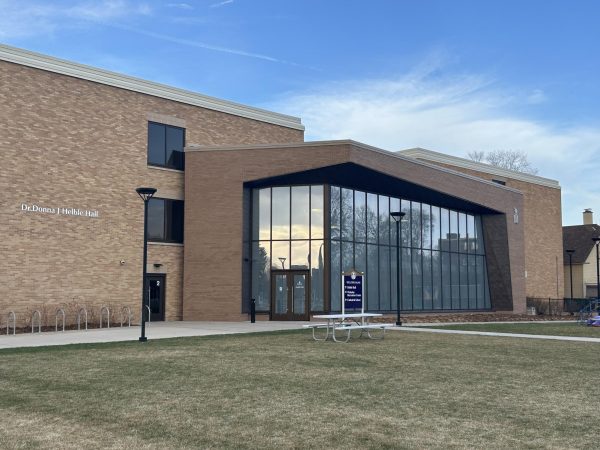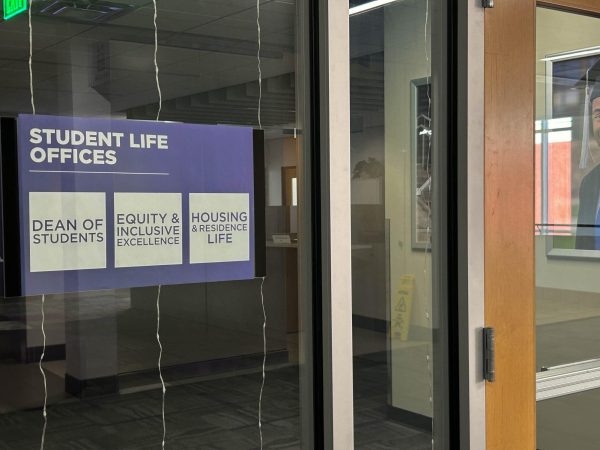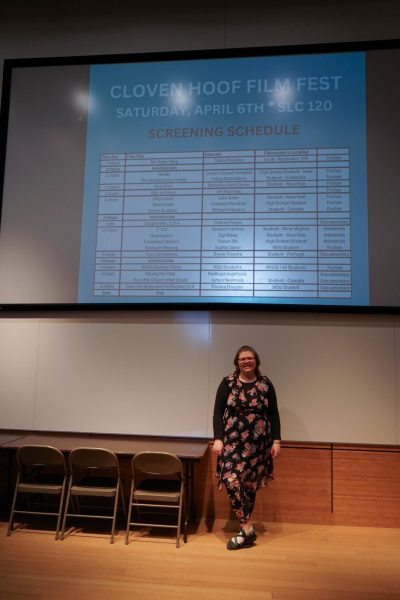Budget deficit continues on Winona State campus

January 24, 2018
Over the course of the past two months, new budgets and potential deficits have been brought up into Minnesota’s state government.
Every year, Minnesota’s state government creates a February and a November economic budget forecast to project what will be likely to come in the following months or years, and what the government needs to prepare for.
In early December, the November economic budget forecast predicted a $188 million deficit through June of 2019, and an even bigger deficit from 2020 onward.
On Tuesday, Jan. 16, Governor Mark Dayton announced his 2018 bonding recommendations. The recommendation offers half a billion dollars for higher education, of which $274.5 million will be going to the Minnesota State schools, which includes Winona State University.
Dayton is also recommending full funding for all 16 major projects that are on Minnesota State campuses across the state, which this time around does not include Winona State.
While there may be lower budgets in upcoming years, Vice President for Enrollment Management & Student Life Denise McDowell is focusing on how the students will be affected on campus and what is important to maintain on campus.
“I’m trying to preserve the student experience. One of things we are particularly looking at in Student Life Development is if we had to reduce or eliminate services, what would they be, that would not impact efficiency and effectiveness,” McDowell said.
McDowell is trying to keep up the student experience and switching out old, antiquated ideas with new ones that can be more affordable and effective on campus.
Right now, the focus is on switching from paper copies of information, like letters to potential and current students, and focusing more on texting or email. Things like student transcripts and blue cards have already begun to be accessed electronically, rather than needing requests and to use large amounts of paper.
“My focus is on ‘how do I still maintain a worthwhile experience to the students, how do we provide them with the services they require now so that they are progressively moving towards degree completion, and how do we not compromise on the promises that we made to you, that we would have you enrolled at Winona State, we will help you be successful at Winona State and we look forward to you graduating from Winona State,’” McDowell said.
Winona State’s Vice President for Finance & Administration and Chief Financial Officer, Scott Ellinghuysen, shared how this budget may affect Winona State as a whole.
“The system makes a request to the legislature and the Minnesota Management and Budget state finance agency. The governor makes his recommendations and then when the legislature next convenes, they’re the ones who put the bonding bill together,” Ellinghuysen said.
Higher Education Asset Preservation and Renewal budget has money that is spread to all of the campuses, to go towards things like new roofs and new windows in buildings. For example Ellinghuysen shared that a roof in Stark Hall needs to be repaired. This money is used for internal structures of buildings, like electric and heating needs, in which Winona State will receive some compensation for.
“[The November/Febuary] numbers are supposed to give the governor and the legislature an indication on the health of the state’s economy, then they use that as the basis for making their budget recommendations and starting their budget discussions in the legislature,” Ellinghuysen said. “Since the forecast in November/December, the Feds passed their whole tax overhaul package, now this one in February will change probably because of all the Federal stuff going on.”
The state will also have to start picking up other costs, like certain insurance plans, because of the Federal Government’s decisions to stop funding of certain things.
The federal government shut down late Friday night, which may delay the February forecast, depending on how long the federal government remains shut down. If the federal government creates a new budget during this period, then Dayton’s proposed recommendations may change.
According to Ellinghuysen, 40 percent of Winona State’s funding will come from this budget, where 60 percent of the budget comes from students’ tuition. Tuition went up to double digits in the early 2000s, because of these budget deficits and the cutting of funding of universities. Ellinghuysen wanted to assure students that tuition is frozen for next year, which will not change after the budget decisions are made.
McDowell presented some final thoughts on the budget and the future of Winona State.
“Budgets and budget reductions are hard words to deal with but if we can keep our eye on preserving the student experience and if students can help us keep our eye on how we preserve the student experience that we promise at Winona State, then we’re on the right track,” McDowell said.






































































